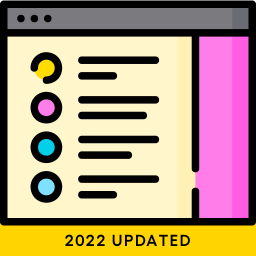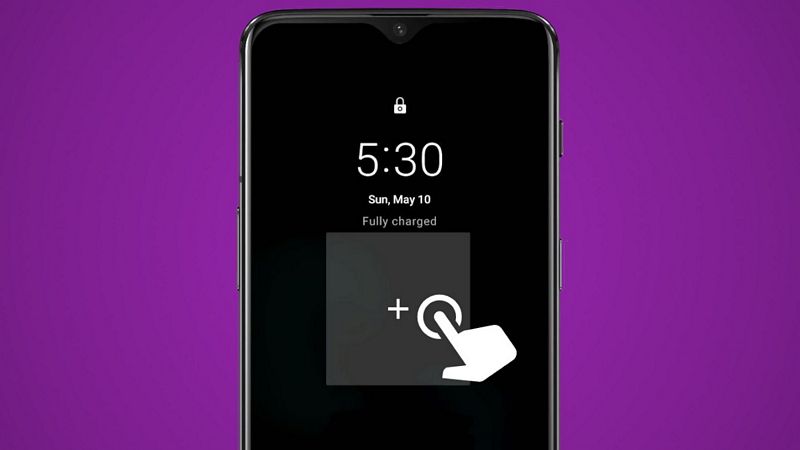03
Oct
DOWNLOAD PLUGIN ORIGINAL LINK Increase your website’s SEO ranking, number of visitors, and ultimately your sales by optimising any image or PDF document on your website. ShortPixel is an easy to use, lightweight, install-and-forget-about-it optimization plugin that can compress all your past images and PDF documents with a single click. New images are automatically resized/rescaled and optimized on the fly, in the background. It’s also compatible with any gallery, slider or eCommerce plugin. Ready for a quick DEMO? Test our plugin and . Or you can create a staging copy of your site using Staging and test it there. Short…








